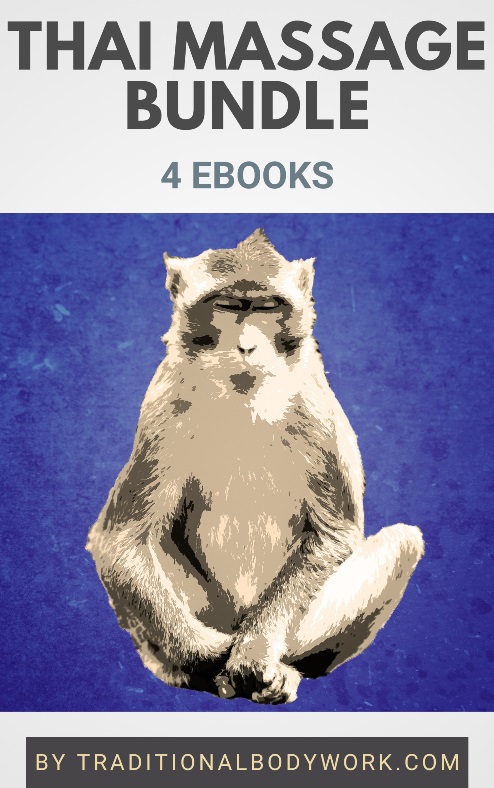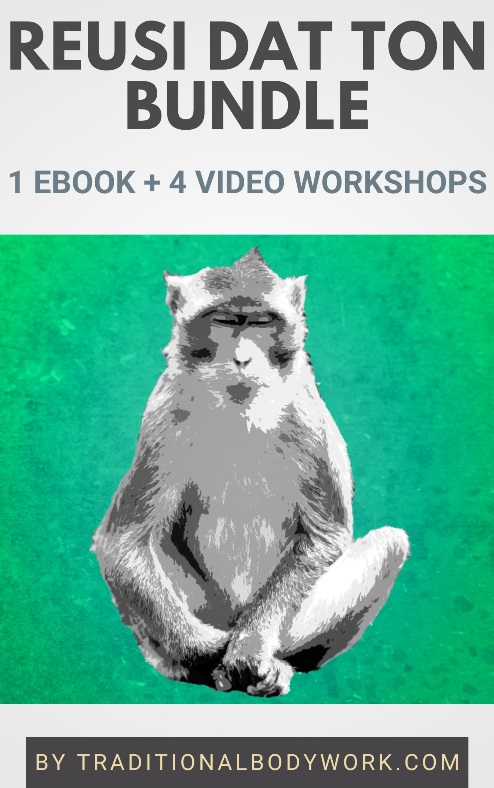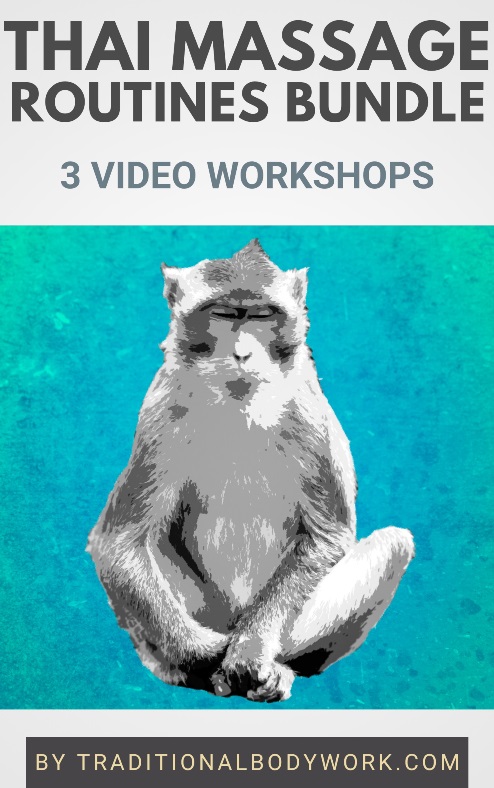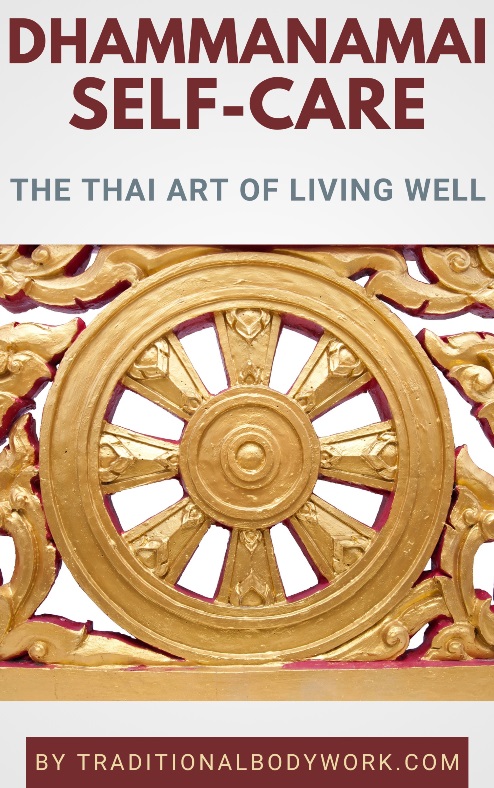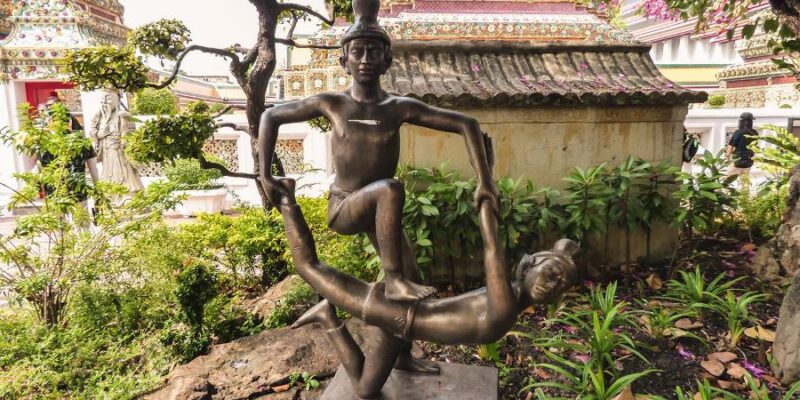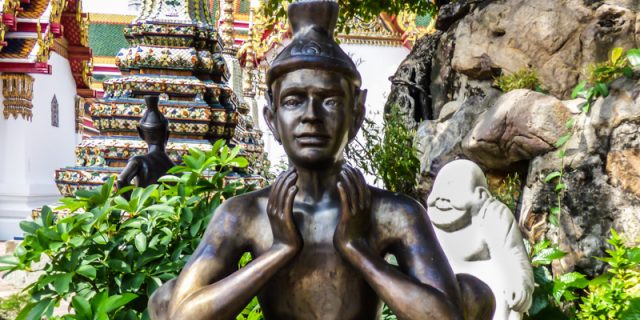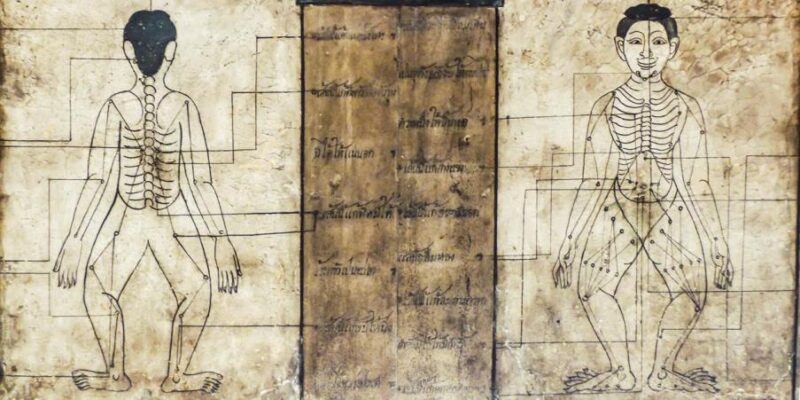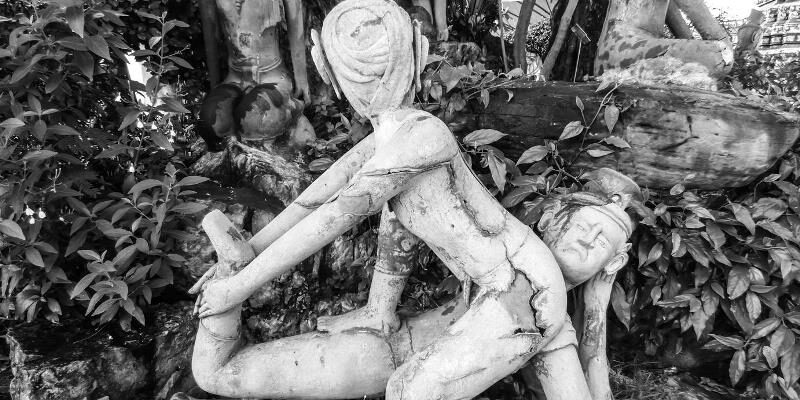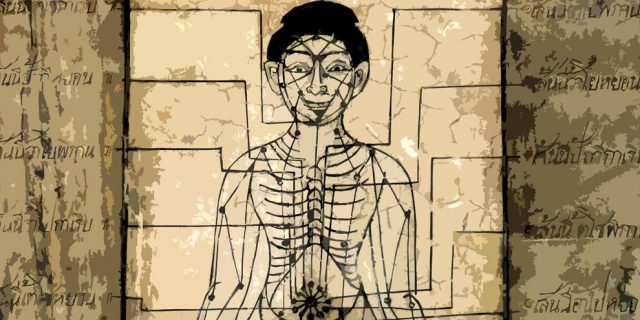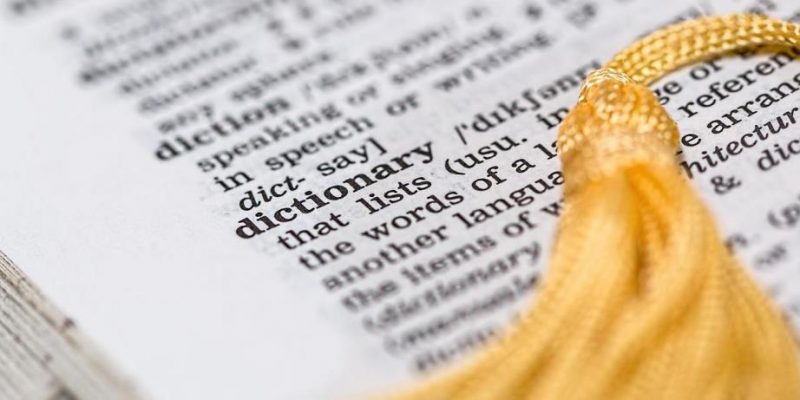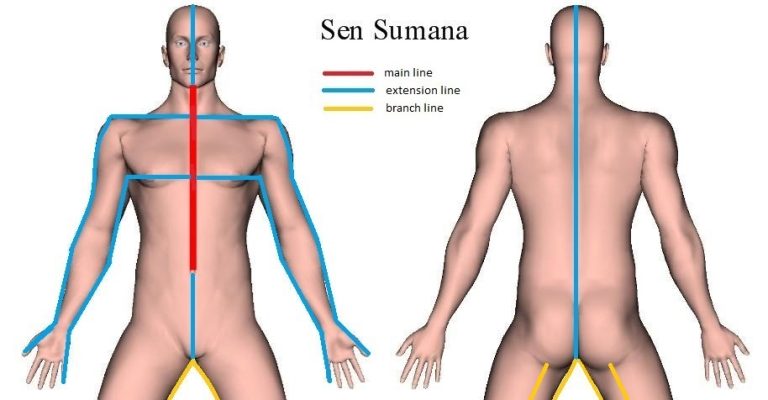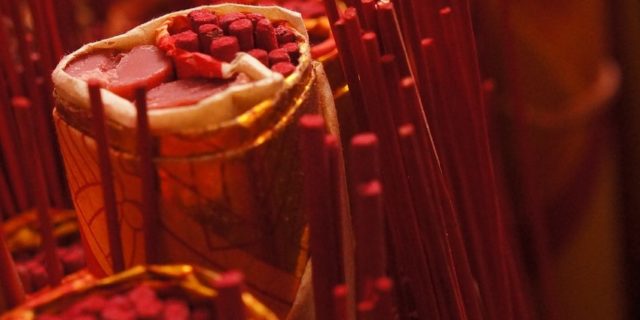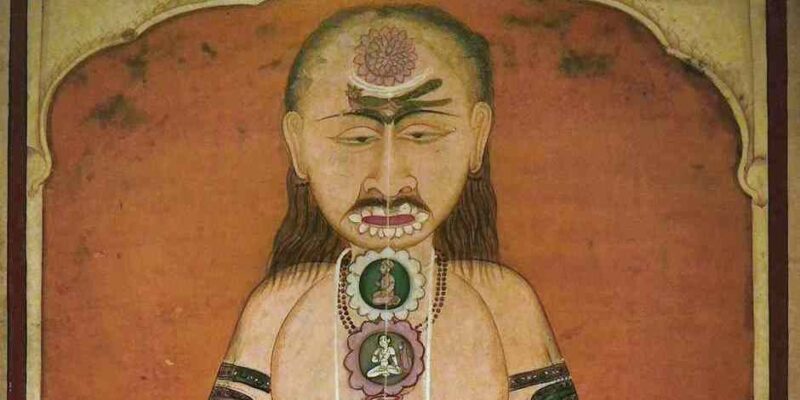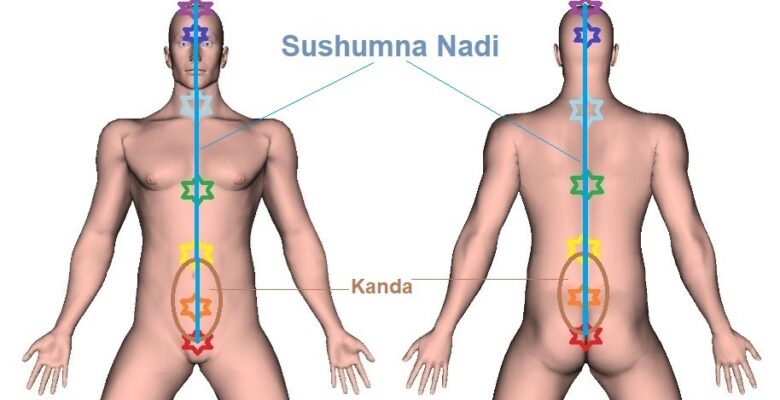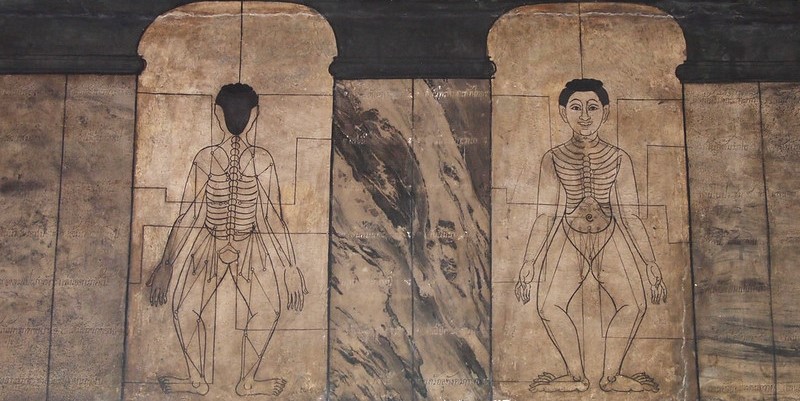
Historically, Thai Traditional Medicine has been heavily influenced by Indian Ayurvedic Medicine. Moreover, the whole of Southeast Asia, including China, has borrowed from Indian culture, philosophy, religion, and the Ayurveda healing arts. It’s a development that started its course around the 3rd century BCE, in fact, as it’s believed nowadays, primarily as a result of the expansion of the Buddhist religion across Asia.

Over time, the traditional Indian Ayurvedic and Tantric healing arts, such as herbal medicine, massage, Yoga, and meditation practices, became deeply intertwined with local folk healing medicines and methods in Southeast Asian countries, continually enriched by Buddhist religious influences, philosophy and practices.
Today, the Buddhist religion, statues and sculptures, paintings, and the abundance of Buddhist monks, monasteries and temples in Thailand, Cambodia, Tibet, Myanmar, Laos, Indonesia, and Vietnam, are the visible evidences of this development.
When we look at Traditional Thai Massage — Nuad Thai or Nuad Boran — we can observe that the core concepts of the Thai Sen Sib Energy lines and Lom Pran Life Energy have their theoretical foundation in Indian Yogic and Vedic philosophy.
For instance, the first three Thai Sib Sen energy lines, which are labeled Sen Sumana, Sen Ittha and Sen Pingkhala, are linguistically very close to the important Indian Prana lines named Sushumna Nadi, Ida Nadi and Pingala Nadi. Furthermore, these three primary Sen Lines follow a trajectory quite similar to the corresponding Indian Nadis, and the total number of Sen Lines is said to be 72,000 just like the number of Indian Nadis.
Likewise, the Thai term Lom Pran or “Wind of Life” is derived from the Indian word Prana, meaning “Breath” or “Vital Principle,” commonly translated as Life Energy or Life Force.

Another significant influence of Indian Ayurvedic philosophy on Thai Massage is the idea of the Indian Pancha Kosha “layer-philosophy,” notably the Prana Maya-Kosha layer which is said to be the bio-energetic, pranic, energy or breath layer, the subtle body where we find the Sen Sib Energy Lines or Life Energy Channels.
Nevertheless, Thai Traditional Medicine and Thai Massage have had their own development also, have their own merits, concepts and peculiarities, and efforts to consistently go “back to the roots” don’t do justice to the unique and local Thai approach of healing.
Ultimately, Thai Massage is a unique Thai heritage and an art of its own, and focusing too much on Indian Vedantic, Vedic or Ayurveda influences is perhaps historically correct and interesting, but it can be a hindrance to deeply understanding what Thai Massage today really stands for.

